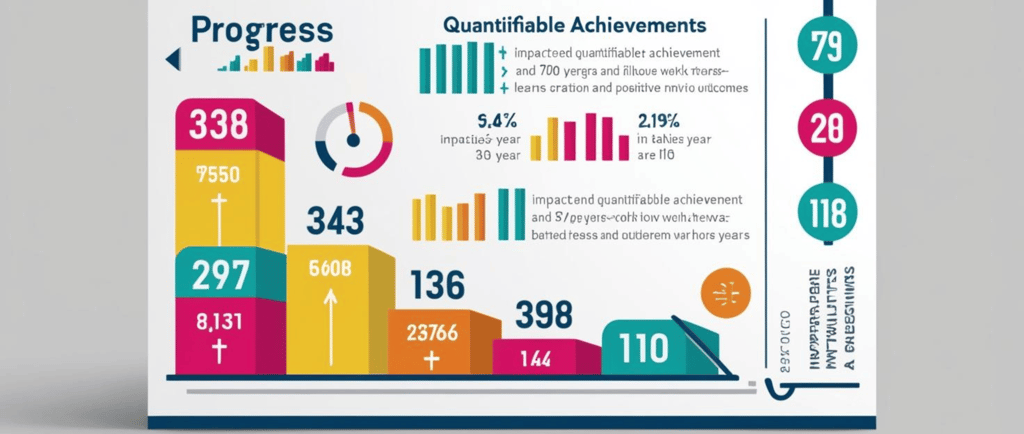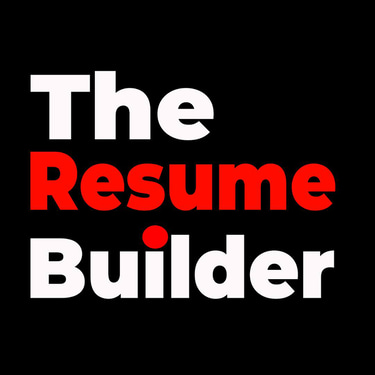Focusing on Quantifiable Achievements Rather Than Generic Resume Content
A compelling resume should highlight quantifiable achievements rather than generic job descriptions. Using impact-driven bullet points with measurable results, strong action verbs, and problem-solving insights makes your resume stand out. Clearly defining contributions and applying the CAR (Challenge-Action-Result) or STAR (Situation-Task-Action-Result) method ensures clarity and effectiveness. Avoid passive language and focus on measurable success. By implementing these strategies, you can craft a powerful resume that captures recruiters' attention and enhances job prospects.
Abhishek Kundu
3/26/20253 min read


Introduction
A well-crafted resume can be the difference between landing an interview and getting overlooked. One of the most critical aspects of a powerful resume is how you present your work experience. Traditionally, resumes list generic job descriptions that fail to capture an applicant's true contributions. However, impact-driven bullet points, which focus on quantifiable achievements, help candidates stand out by showcasing their real value to potential employers. This article explores why impact-driven bullet points matter, how to craft them effectively, and provides real-world examples for easy understanding.
Why Impact-Driven Bullet Points Matter
Hiring managers review hundreds of resumes, and most of them contain vague descriptions such as “Managed social media accounts” or “Led a team”. While these statements describe responsibilities, they don’t highlight the candidate’s actual impact.
1. Provides Measurable Success
Using numbers and measurable outcomes gives a clear picture of your contributions. Instead of stating "Managed social media accounts," write "Increased social media engagement by 45% in six months through targeted content strategy and community interaction."
🔹 Example: A marketing professional can replace “Handled email marketing campaigns” with “Implemented an email marketing strategy that increased open rates by 30% and boosted lead conversions by 20%.”
2. Demonstrates Problem-Solving Ability
Employers seek candidates who can solve problems and improve efficiency. Showcasing how you contributed to process improvements or solved a challenge strengthens your resume.
🔹 Example: Instead of “Handled customer complaints,” say “Reduced customer complaints by 25% by developing a new complaint resolution protocol, enhancing response times by 40%.”
3. Makes Your Resume More Compelling
A resume with quantifiable achievements makes a stronger impression than one with generic statements. Numbers provide context and credibility, making it easier for recruiters to evaluate your potential impact on their company.
🔹 Example: Replace "Managed a sales team" with "Led a team of 10 sales representatives, achieving a 150% increase in quarterly sales revenue."
How to Create Impact-Driven Bullet Points
Creating effective bullet points requires a strategic approach. Use the CAR (Challenge-Action-Result) or STAR (Situation-Task-Action-Result) method to craft powerful statements. Here’s how:
1. Identify Your Key Contributions
Reflect on your role and pinpoint specific contributions you made to your team or company. Consider:
How did you improve efficiency?
Did you increase revenue or reduce costs?
Did you implement any new strategies?
🔹 Example: If you worked in customer service, instead of saying “Assisted customers with inquiries,” write “Resolved an average of 50+ customer queries daily, reducing response time by 30% and improving customer satisfaction scores by 20%.”
2. Use Action Verbs
Start each bullet point with a powerful action verb such as spearheaded, optimized, generated, enhanced, boosted, implemented, streamlined, achieved.
🔹 Example: Instead of “Responsible for training new employees,” say “Developed and implemented a training program that reduced onboarding time by 40% and increased new hire productivity by 30%."
3. Include Numbers and Metrics
Numbers make your accomplishments tangible. Use percentages, dollar amounts, or timeframes.
🔹 Example: Rather than "Led social media campaigns," write "Developed a social media campaign that increased follower engagement by 60% and boosted lead conversions by 25%."
4. Highlight Challenges and Solutions
Show how you tackled obstacles and delivered results.
🔹 Example: Instead of “Developed a new software feature,” write “Designed and launched a new software feature that reduced customer complaints by 40% and increased user retention by 30%."
Examples Across Different Industries
1. Marketing & Sales
Before: Managed digital marketing campaigns. After: Spearheaded a digital marketing campaign that increased website traffic by 80% and generated $500K in sales revenue within six months.
2. Customer Service
Before: Answered customer calls. After: Handled an average of 100+ customer inquiries daily, achieving a 95% customer satisfaction score and reducing resolution time by 35%.
3. Project Management
Before: Led a project team. After: Managed a cross-functional team of 12 to successfully deliver a $2M project three weeks ahead of schedule, reducing costs by 15%.
4. Software Development
Before: Developed company software. After: Created a new software application that reduced processing errors by 70%, improving operational efficiency by 50%.
5. Human Resources
Before: Conducted employee training. After: Designed and implemented a training program that improved employee productivity by 30% and decreased onboarding time by 50%.
Common Mistakes to Avoid
1. Being Too Vague
🚫 “Improved sales numbers.” ✅ “Increased sales by 30% within six months by launching a targeted referral program.”
2. Listing Responsibilities Instead of Achievements
🚫 “Managed a team of five sales representatives.” ✅ “Led a team of five sales representatives, exceeding quarterly sales targets by 40%.”
3. Using Passive Language
🚫 “Was responsible for updating company website.” ✅ “Revamped company website, increasing visitor engagement by 50% and reducing bounce rates by 25%.”
Conclusion
Crafting an impact-driven resume with quantifiable achievements is essential for standing out in today’s job market. By focusing on measurable results, using action-oriented language, and highlighting problem-solving abilities, you create a compelling resume that captures attention. Whether you are in marketing, sales, IT, HR, or customer service, applying these principles will significantly enhance your job applications.
Key Takeaways:
✔ Use numbers and metrics to showcase impact.
✔ Start bullet points with strong action verbs.
✔ Highlight problems you solved and improvements you made.
✔ Avoid generic job descriptions and focus on measurable results.
By implementing these strategies, you can transform your resume into a powerful document that attracts recruiters and increases your chances of landing your dream job!
Expert in
Professional Resume Writing Company in Kolkata, West Bengal
Professional Resume Writer in Kolkata, West Bengal
ATS Resume Writing in Kolkata, West Bengal
GET IN TOUCH
theresumebuilderindia@gmail.com
+91 89813 60947
© 2015. All rights reserved by Abhishek Kundu Resume Writing Co.
abhishek@atsresumewriting.in
